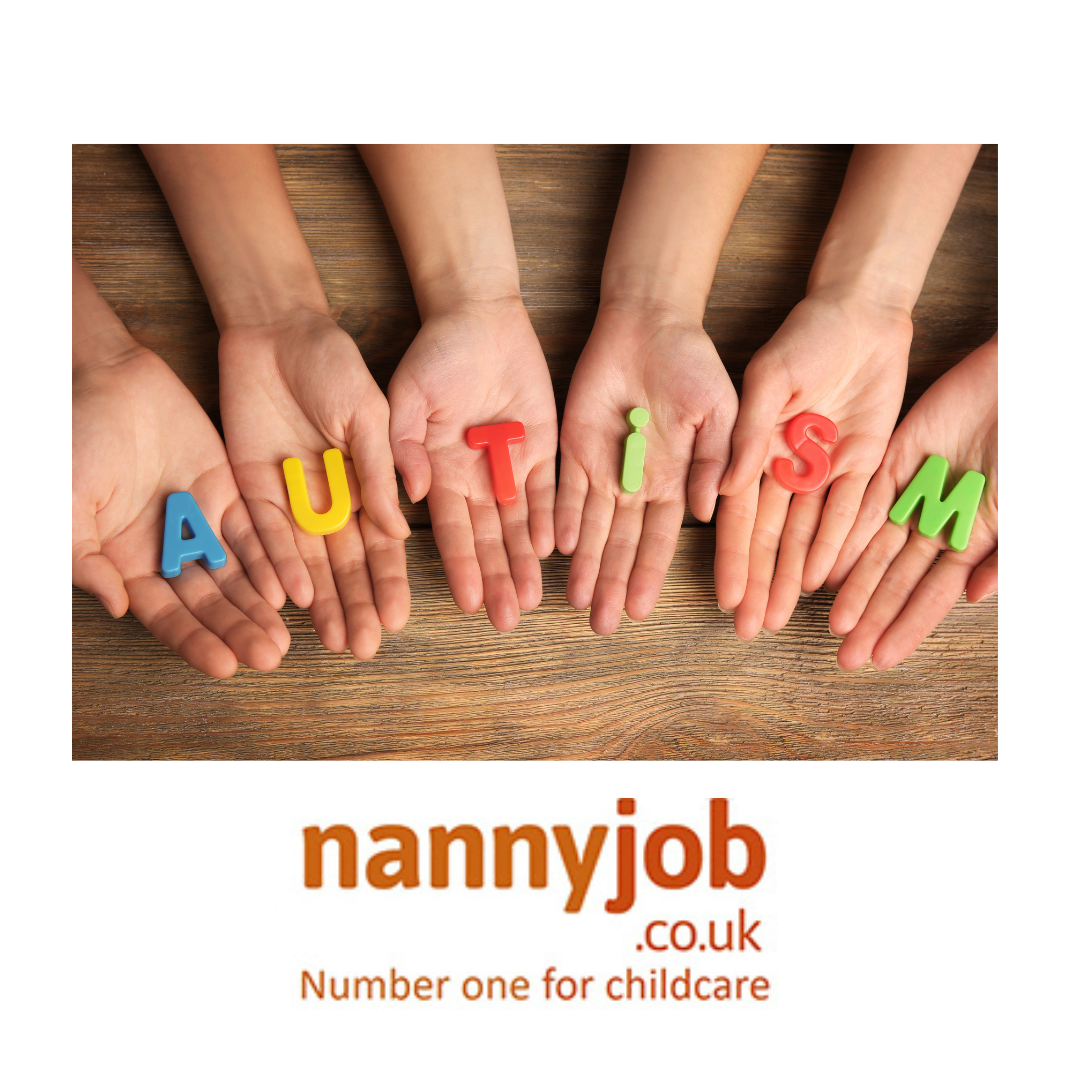As the days grow longer and the scent of summer fills the air, it’s time to embrace outdoor adventures with the little ones. But for many of us, the thought of filling long summer days without the structure of school or nursery can be daunting. Fear not! Whether you’re a childminder, nanny, or parent, we’ve got you covered with our top ideas for keeping kids of all ages entertained outdoors.
Nature Drawing
Take advantage of local woodlands or simply explore the garden with sketchpads in hand. Encourage children to draw what they see – from flowers and trees to worms and bugs. Not only does this activity spark creativity, but it also teaches kids about nature and provides lovely artwork to display at home.
Backyard Olympics
Create your own Olympics-style tournament right in your backyard or local park. Let the kids choose their events, whether it’s running races, sandpit jumps, or bean bag throws. Set up signs, leaderboards, and tracks for hours of fun and exercise. It’s a surefire way to guarantee stress-free bedtimes after a day of active play!
Teddy Bear Picnic
Gather the kids and their favorite teddy bears for a charming picnic under a shady tree. Set up picnic tables with gingham tablecloths and spread out cozy blankets for seating. Don’t forget to send invitations to each special teddy bear and make place cards for extra flair. And of course, no teddy bear picnic is complete without singing “If You Go Down to the Woods Today…”
Cycling
Hit the park or explore designated cycling routes with the kids. Whether they’re riding their own bikes or enjoying the view from a baby seat, cycling is a fantastic way to soak up the sunshine and get some exercise. Check out websites like cyclehireinfo.com for bike rental options across the UK.
No matter which activities you choose, make the most of the sunny weather while it lasts! Share your summer plans with us by posting on our Facebook page. Let’s make this summer one to remember! 🌞🚴♂️🎨 #SummerFun #OutdoorAdventures #FamilyTime #ChildcareLife










